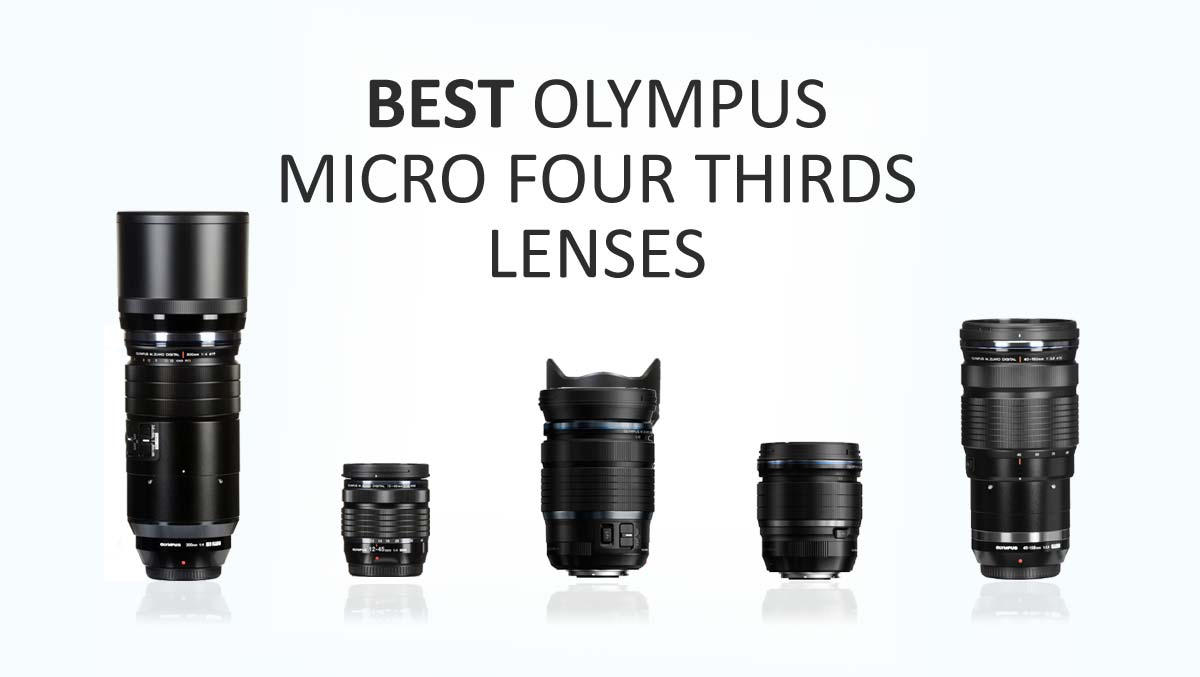
You can’t beat the convenience and versatility of a zoom lens. Wide Angle Zoom Lenses for Micro Four Thirds
#ALL THE FOUR THIRDS SYSTEM LENS LENSES FULL#
To know more about our ethics, you can visit our full disclosure page. If you decide to buy something after clicking the link, we will receive a small commission. Within the article, there are affiliate links. We were not asked to write anything about these products, nor were we provided any compensation of any kind. I prefer to mention this here rather than repeating the same sentence throughout the rest of the article.Įthics statement: All opinions expressed in this article are based on our real-world experience with each lens. Olympus and Panasonic rely on in-body image stabilisation (5-axis stabilisation) and, except for older models, most of the current line-up has IBIS (excluding specialised cameras such as the GH5S).

Note II: all the lenses listed here lack optical stabilisation. I’ve mentioned these products briefly at the end with a few useful links to full comparison articles.

However to keep the article more concise, I’ve excluded them from the main list. Note: many standard zooms (including kit lenses) have a range that starts from 12mm or 14mm, allowing them to qualify as wide angle lenses. We are lucky enough to have tested and compared most of these lenses, so listing them along with our personal recommendations felt like the next logical step. The Micro Four Thirds system has been around for some time now so there is a good amount of choice, regardless of whether you prioritise high quality, portability or affordability. They are great companions for landscapes, architecture and astro-photography, but also work well for events and other genres where a wide angle of view can enrich your work and vision. Upon introduction the United States, MSRP for body and kit lens was set at USD 800.Wide-angle lenses can be a lot of fun because they allow you to play with perspective and geometry like no other type of lens. The camera was available in three colors: black (suffix K), red (R) and blue (A). In many ways, the G1 was considered a landmark camera, kicking off a new market for mirrorless interchangeable lens system cameras. The Micro Four Thirds system specification supports lenses with optical image stabilization. Canon EF mount lenses can be used with an adapter.
#ALL THE FOUR THIRDS SYSTEM LENS LENSES MANUAL#
Legacy lenses from nearly every major manual focus camera mount, such as Leica M, Leica R, Olympus OM, Nikon F, Canon FD, Minolta SR, M42 Screw Mount, Contax/Yashica Mount and others can also be mounted and used in manual mode. Four Thirds System lenses can be used with an adapter, although response time, especially focus response, can be slower. The G1 was packaged with a 14–45 mm ƒ/3.5–5.6 kit lens (28–90 mm equivalent) and can use all native Micro Four Thirds System lenses regardless of manufacturer. The performance of this AF system is comparable to the phase-detect systems in conventional DSLRs. As it lacks a separate autofocus sensor, the G1 uses contrast-detect autofocus, utilizing the readout from the main sensor. It uses a sophisticated projection system to achieve a clearer, smoother image in its electronic viewfinder than in compact camera EVFs. The G1 camera and its lenses are smaller than competing DSLRs. One advantage of the smaller MFT system sensor (when compared to market leaders Canon and Nikon APS-C and full frame sized) is the ability to engineer smaller and lighter lenses since the smaller sensor allows for a reduced image circle. The Micro Four Thirds system standard uses the same sized sensor (nominal 4000 pixels by 3000 pixels) as the original Four Thirds system. The DMC-G1 (also known as simply the "G1") was displayed for the first time at photokina 2008 it was available for sale in the United States and Europe in November 2008. Eliminating the mirror box and optical viewfinder allows for smaller and lighter camera bodies, while the less complex optical path also allows for smaller, lighter lens designs.


The G1 camera is similar to the larger Four Thirds system format DSLR cameras, but replaces the complex optical path needed for the optical viewfinder with an electronic viewfinder EVF displaying a live view image directly from the sensor. The Panasonic Lumix DMC-G1 was the first digital mirrorless interchangeable-lens camera (MILC) adhering to the Micro Four Thirds system design standard. Manual, Program, Automatic, Shutter Priority, Aperture Priorityīuilt-in pop up, TTL, GN 11 equivalent (ISO100 ĮVF color display, 100% field of view, 0.7x (35mm equiv), 1.4x magnification, with 1,440K dots equivalent LCD or articulated multi-angle 3-inch (76 mm) inch color LCD (460,000 dots equivalent) Automatic or Manual Face detection / AF Tracking / 23-area-focusing / 1-area-focusing


 0 kommentar(er)
0 kommentar(er)
